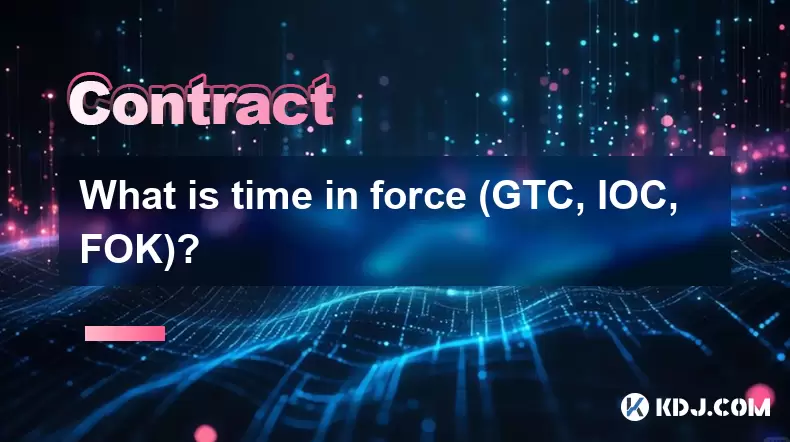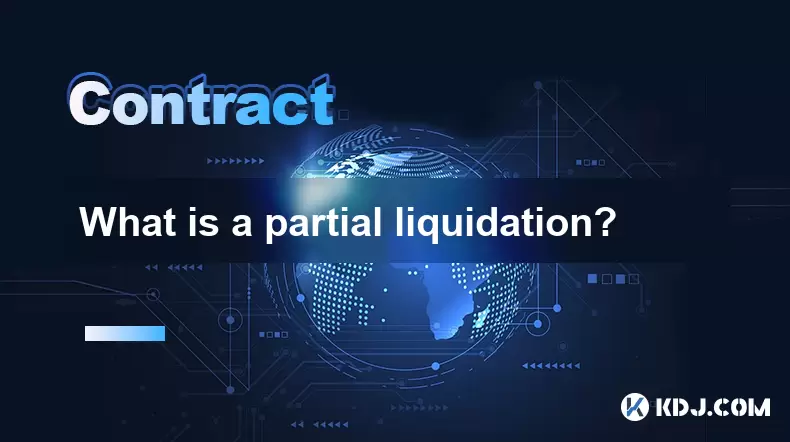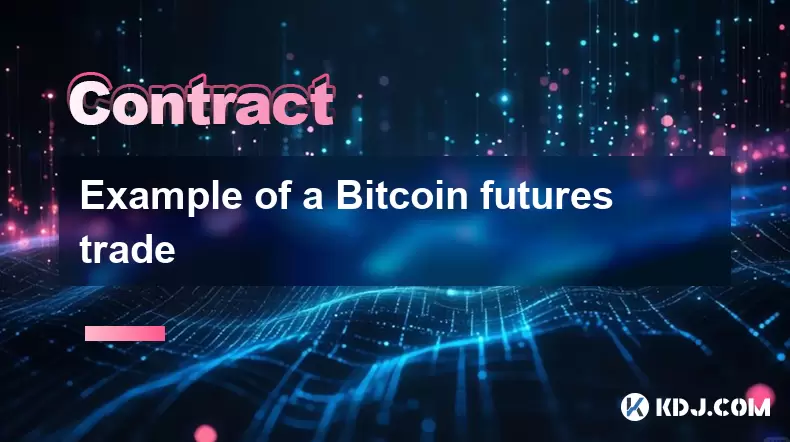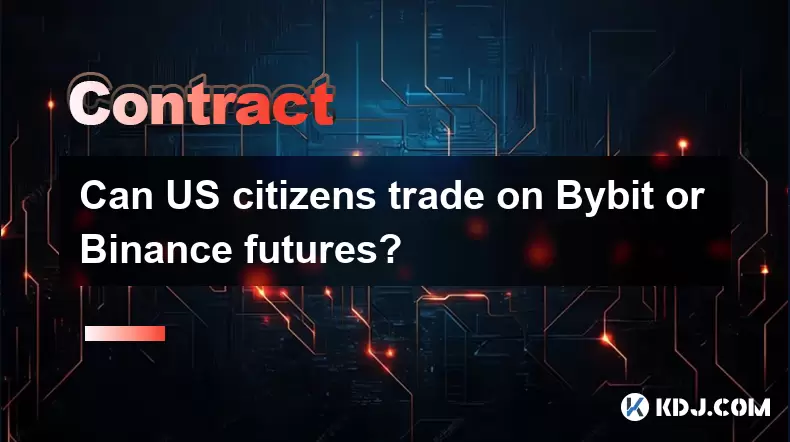-
 Bitcoin
Bitcoin $118300
-1.72% -
 Ethereum
Ethereum $3591
-0.69% -
 XRP
XRP $3.478
-3.53% -
 Tether USDt
Tether USDt $1.001
-0.01% -
 BNB
BNB $737.7
-0.54% -
 Solana
Solana $177.3
-2.40% -
 USDC
USDC $0.9999
-0.01% -
 Dogecoin
Dogecoin $0.2538
7.04% -
 TRON
TRON $0.3256
-0.85% -
 Cardano
Cardano $0.8332
-3.48% -
 Hyperliquid
Hyperliquid $44.80
-3.30% -
 Stellar
Stellar $0.4672
-6.09% -
 Sui
Sui $3.828
-5.98% -
 Chainlink
Chainlink $18.15
-3.41% -
 Hedera
Hedera $0.2655
-7.16% -
 Bitcoin Cash
Bitcoin Cash $517.5
-0.64% -
 Avalanche
Avalanche $23.89
-2.37% -
 Shiba Inu
Shiba Inu $0.00001519
-0.45% -
 UNUS SED LEO
UNUS SED LEO $8.973
0.13% -
 Toncoin
Toncoin $3.211
-2.54% -
 Litecoin
Litecoin $103.5
-3.58% -
 Polkadot
Polkadot $4.313
-3.90% -
 Uniswap
Uniswap $10.31
0.67% -
 Monero
Monero $325.4
-2.88% -
 Bitget Token
Bitget Token $5.049
3.51% -
 Ethena USDe
Ethena USDe $1.002
0.04% -
 Pepe
Pepe $0.00001346
-2.96% -
 Dai
Dai $0.9999
-0.02% -
 Aave
Aave $322.1
-2.93% -
 Bittensor
Bittensor $411.9
-4.70%
What is the funding rate in perpetual contracts?
Perpetual contracts use funding rates to align prices with the spot market, impacting traders' profitability based on position and rate direction.
Jul 19, 2025 at 06:56 am

Understanding Perpetual Contracts
In the world of cryptocurrency trading, perpetual contracts have gained immense popularity due to their unique structure that allows traders to speculate on price movements without an expiration date. Unlike traditional futures contracts, which have a set settlement date, perpetual contracts can be held indefinitely. This feature introduces a mechanism known as the funding rate, which plays a crucial role in aligning the price of the perpetual contract with the spot market price of the underlying asset.
The Role of Funding Rates
The funding rate is a periodic payment made to either long or short traders, depending on the direction of the price deviation. Its primary purpose is to ensure that the price of the perpetual contract remains close to the index price of the underlying asset. When the contract price trades above the spot price, long positions pay shorts, encouraging selling pressure. Conversely, when the contract price trades below the spot price, short positions pay longs, encouraging buying pressure.
This mechanism helps maintain market equilibrium and prevents excessive divergence between the perpetual contract and the actual market price of the asset.
How Funding Rates Are Calculated
Funding rates are typically calculated based on the difference between the perpetual contract price and the spot price of the asset. The formula used by most exchanges is:
Funding Rate = (Premium Component + Interest Rate Component)
The premium component reflects the difference between the perpetual contract price and the spot price. The interest rate component accounts for the opportunity cost of holding the asset versus holding fiat currency, often based on risk-free interest rates or a fixed value set by the exchange.
Exchanges usually update funding rates every 8 hours. Traders are charged or receive payments based on their position at the time of the funding interval. If you hold a position during the funding timestamp, you will either pay or receive the funding fee.
Impact of Funding Rates on Traders
The funding rate can significantly affect a trader’s profitability, especially for those holding positions over extended periods. Positive funding rates mean longs pay shorts, which can erode profits for bullish traders. Negative funding rates mean shorts pay longs, which can benefit traders betting on a price decline.
For example, if the funding rate is 0.03% every 8 hours, a trader holding a $10,000 long position would pay $3 per funding interval. Over the course of a day (three intervals), this would amount to $9 in funding fees. These costs can add up quickly and must be factored into trading strategies.
Traders should monitor funding rates closely, especially during periods of high volatility or when the perpetual contract is significantly above or below the spot price.
Where to Check Funding Rates
Most cryptocurrency derivatives exchanges display the funding rate prominently on their trading interfaces. Common platforms like Binance, Bybit, and OKX provide real-time data on upcoming funding times and the current rate. Some exchanges also offer historical funding rate data, which can help traders analyze trends and anticipate potential market movements.
Traders can also use third-party tools and dashboards to track funding rates across multiple exchanges and assets. These tools often provide alerts and comparisons, enabling traders to make informed decisions about their open positions and potential entries or exits.
Managing Funding Rate Exposure
To minimize the impact of funding fees, traders can adopt several strategies:
- Avoid holding positions during funding intervals if the rate is unfavorable.
- Hedge positions with spot or futures contracts to offset potential costs.
- Monitor market sentiment and price trends to anticipate shifts in funding rates.
- Use funding rate history to identify patterns and adjust trading strategies accordingly.
Some traders even use arbitrage strategies based on funding rate discrepancies between exchanges or between perpetual and quarterly futures contracts.
Frequently Asked Questions
Q: Can funding rates be zero?
Yes, funding rates can be zero when the perpetual contract price exactly matches the index price of the underlying asset. In such cases, no funding payment is made between longs and shorts.
Q: Are funding rates the same across all exchanges?
No, funding rates vary between exchanges based on their individual methodologies for calculating the premium and interest rate components. Some exchanges may also adjust rates more frequently or apply different parameters.
Q: Do funding rates apply to all perpetual contract traders?
Funding rates apply only to traders who hold positions at the time of the funding interval. Traders who close their positions before the funding timestamp are not affected by the funding rate for that interval.
Q: How often are funding rates updated?
Most exchanges update funding rates every 8 hours. However, some platforms may choose different intervals, so it's important to check the specific schedule for the exchange and asset being traded.
Disclaimer:info@kdj.com
The information provided is not trading advice. kdj.com does not assume any responsibility for any investments made based on the information provided in this article. Cryptocurrencies are highly volatile and it is highly recommended that you invest with caution after thorough research!
If you believe that the content used on this website infringes your copyright, please contact us immediately (info@kdj.com) and we will delete it promptly.
- Crypto Picks: Navigating the Meme Coin Mania – Toshi, Ski Mask Dog, and the Elusive Pepe Coin 30,000% Rally
- 2025-07-19 14:30:13
- MoonBull, Meme Coins, and Your Watchlist: What's Hot Right Now
- 2025-07-19 14:30:13
- Crypto Market Mania: Ethereum Surges, Trump's Company Cashes In!
- 2025-07-19 12:30:13
- NFT Trading, Users, and the Quest for a Comeback: What's the Deal?
- 2025-07-19 12:30:13
- Baby Sex: Unpacking the Influencing Factors and Birth Sex Trends
- 2025-07-19 12:50:13
- Satoshi Nakamoto, Bitcoin, and Bill Gates: A New World Order?
- 2025-07-19 13:15:12
Related knowledge

What is a maker vs a taker fee?
Jul 19,2025 at 01:14am
Understanding the Basics of Cryptocurrency Exchange FeesIn the world of cryptocurrency trading, maker vs taker fees are a fundamental concept that eve...

What is time in force (GTC, IOC, FOK)?
Jul 19,2025 at 08:57am
Understanding Time in Force in Cryptocurrency TradingIn the world of cryptocurrency trading, the Time in Force (TIF) is a crucial parameter that deter...

What is a partial liquidation?
Jul 19,2025 at 01:49am
Understanding the Basics of Partial LiquidationIn the world of cryptocurrency trading, especially within leveraged positions, partial liquidation refe...

Example of a Bitcoin futures trade
Jul 19,2025 at 12:43am
Understanding Bitcoin Futures TradingBitcoin futures trading is a financial instrument that allows investors to speculate on the future price of Bitco...

Can US citizens trade on Bybit or Binance futures?
Jul 18,2025 at 10:14pm
Understanding the Legal Status of US Citizens on Global Crypto ExchangesThe question of whether US citizens can trade on Bybit or Binance futures is o...

Can I trade Bitcoin contracts with no KYC?
Jul 19,2025 at 01:07pm
Understanding Bitcoin Contracts and Their RelevanceBitcoin contracts refer to financial instruments that allow traders to speculate on the price movem...

What is a maker vs a taker fee?
Jul 19,2025 at 01:14am
Understanding the Basics of Cryptocurrency Exchange FeesIn the world of cryptocurrency trading, maker vs taker fees are a fundamental concept that eve...

What is time in force (GTC, IOC, FOK)?
Jul 19,2025 at 08:57am
Understanding Time in Force in Cryptocurrency TradingIn the world of cryptocurrency trading, the Time in Force (TIF) is a crucial parameter that deter...

What is a partial liquidation?
Jul 19,2025 at 01:49am
Understanding the Basics of Partial LiquidationIn the world of cryptocurrency trading, especially within leveraged positions, partial liquidation refe...

Example of a Bitcoin futures trade
Jul 19,2025 at 12:43am
Understanding Bitcoin Futures TradingBitcoin futures trading is a financial instrument that allows investors to speculate on the future price of Bitco...

Can US citizens trade on Bybit or Binance futures?
Jul 18,2025 at 10:14pm
Understanding the Legal Status of US Citizens on Global Crypto ExchangesThe question of whether US citizens can trade on Bybit or Binance futures is o...

Can I trade Bitcoin contracts with no KYC?
Jul 19,2025 at 01:07pm
Understanding Bitcoin Contracts and Their RelevanceBitcoin contracts refer to financial instruments that allow traders to speculate on the price movem...
See all articles

























































































